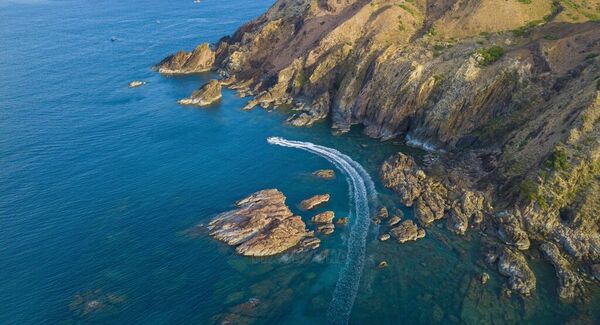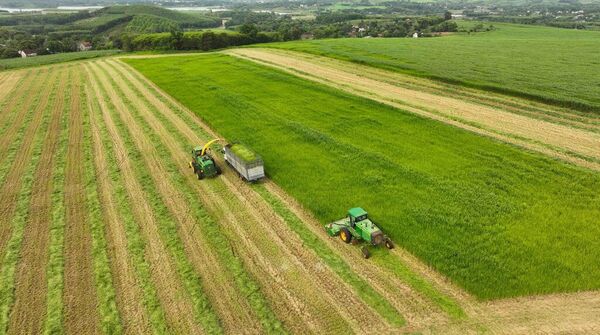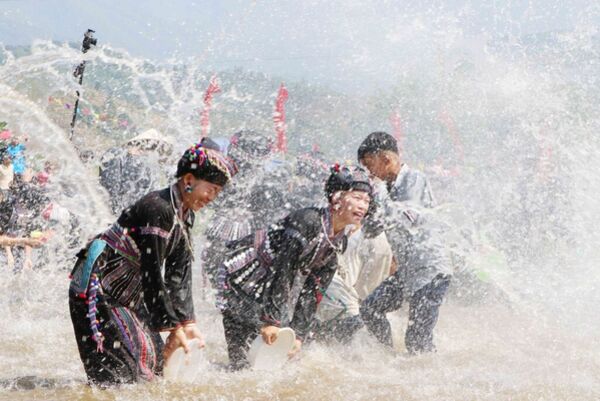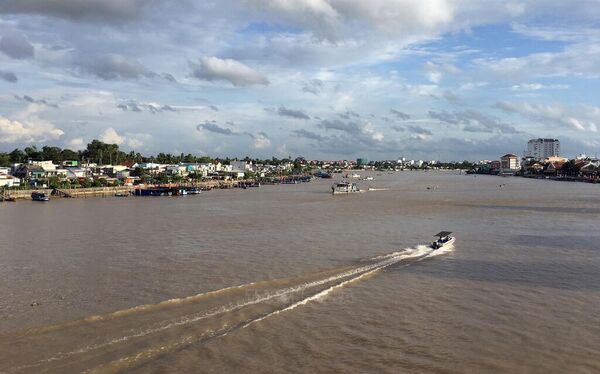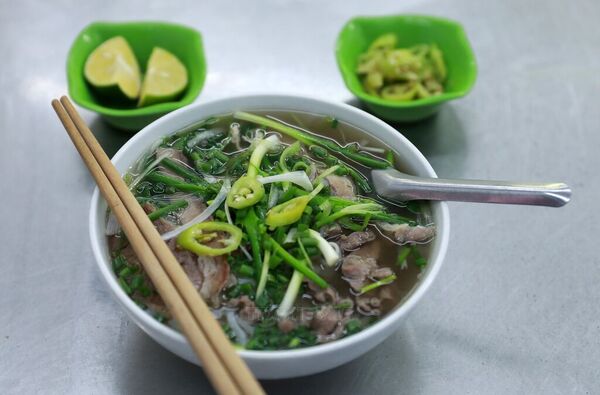
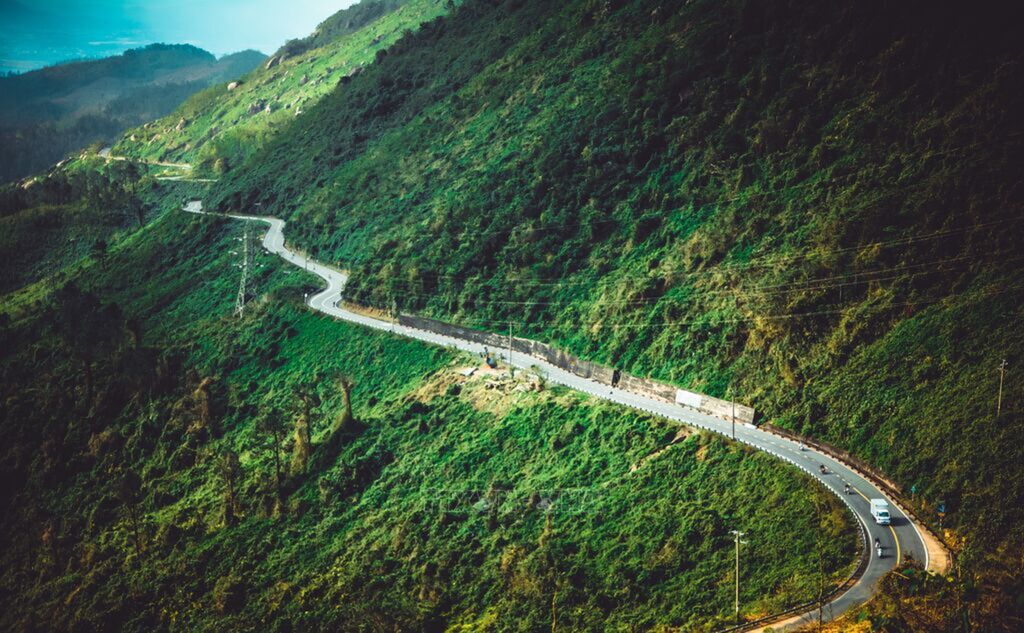

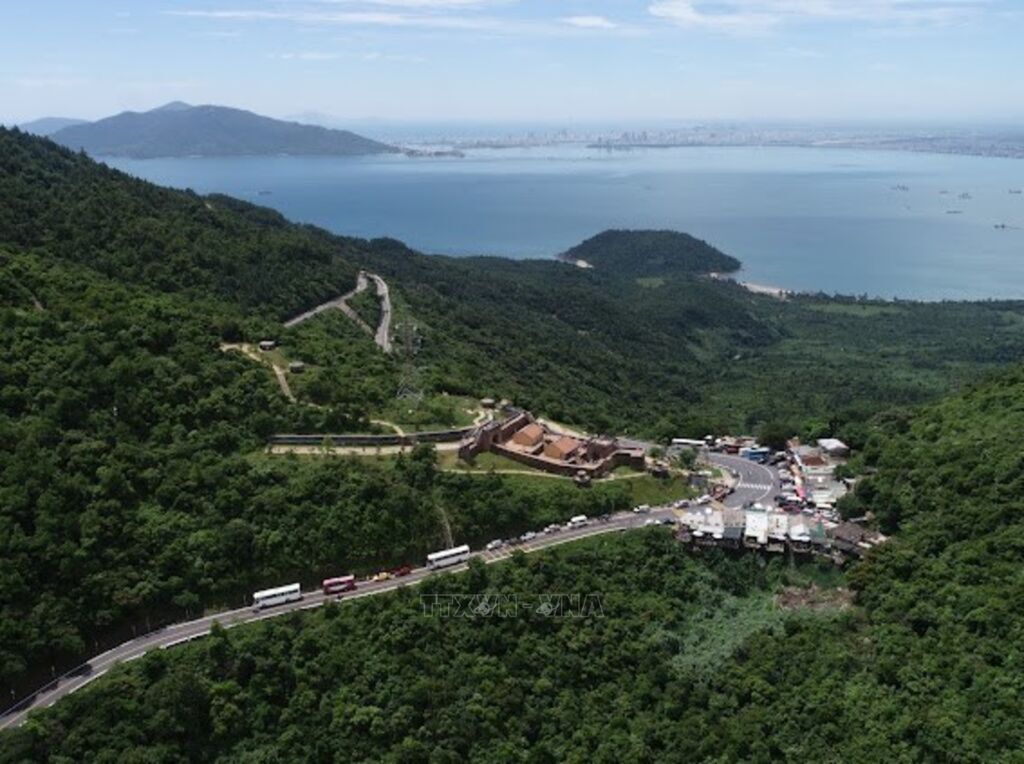

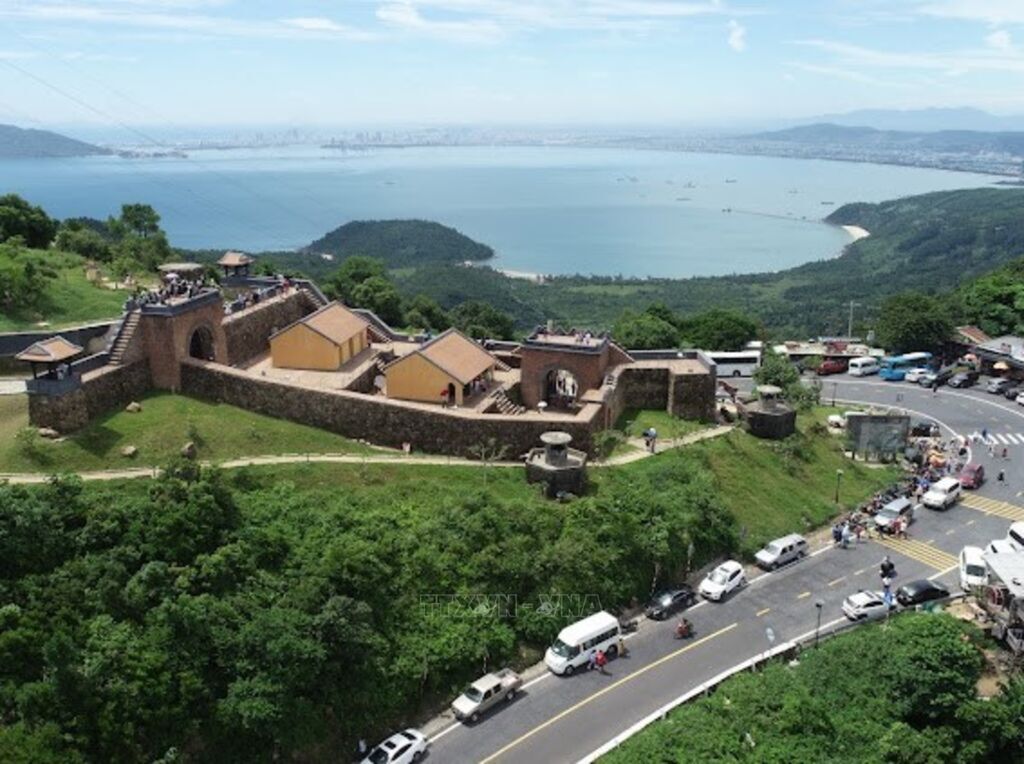
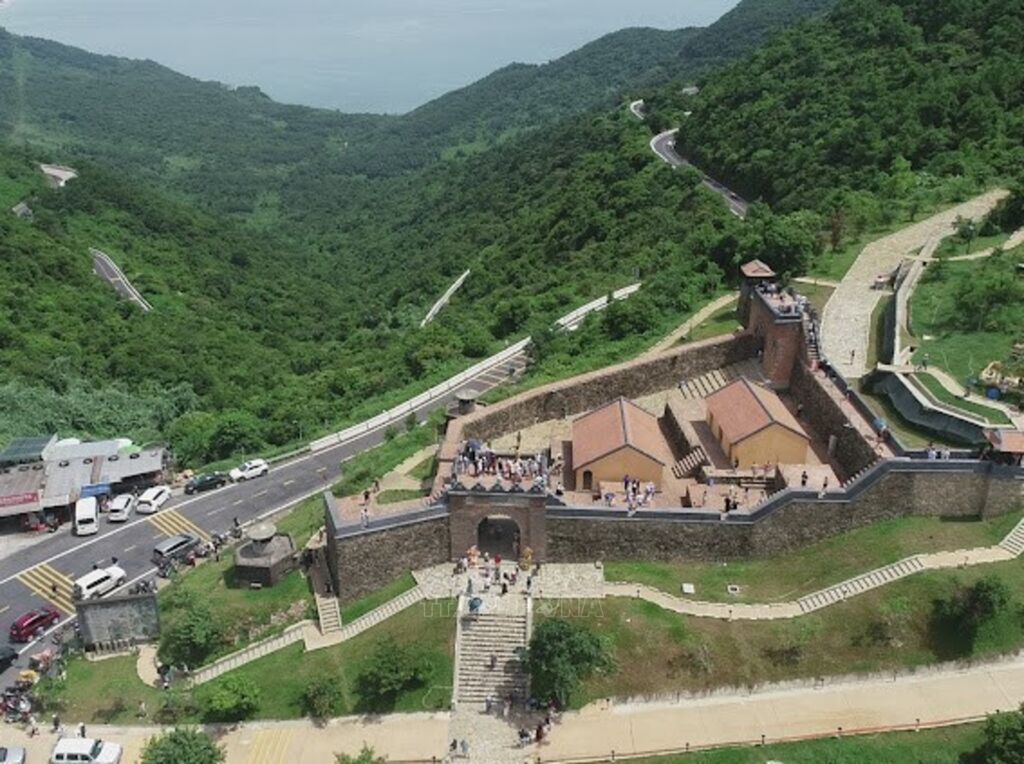






Hai Van Gate attracts visitors
Located 490m above sea level, Hai Van Quan (Hai Van Gate)
national relic site is sits atop its namesake mountain pass and connects Da
Nang’s Lien Chieu district with Thua Thien-Hue’s Lang Co township, Phu Loc
district. Located 490m above sea level, Hai Van Gate sits atop its namesake
mountain pass and connects Da Nang’s Lien Chieu district with Thua Thien-Hue’s
Lang Co township, Phu Loc district. It has grown to become a popular attraction
among tourists as it offers stunning views of the surrounding water bodies and
landscape. The relic complex was built in 1826 under the rule of the Nguyen
Dynasty’s King Minh Mang (1791-1841), who ordered the construction of multiple
defensive structures on Hai Van Pass to protect the then imperial capital of
Vietnam in Hue. Photo: VNA

